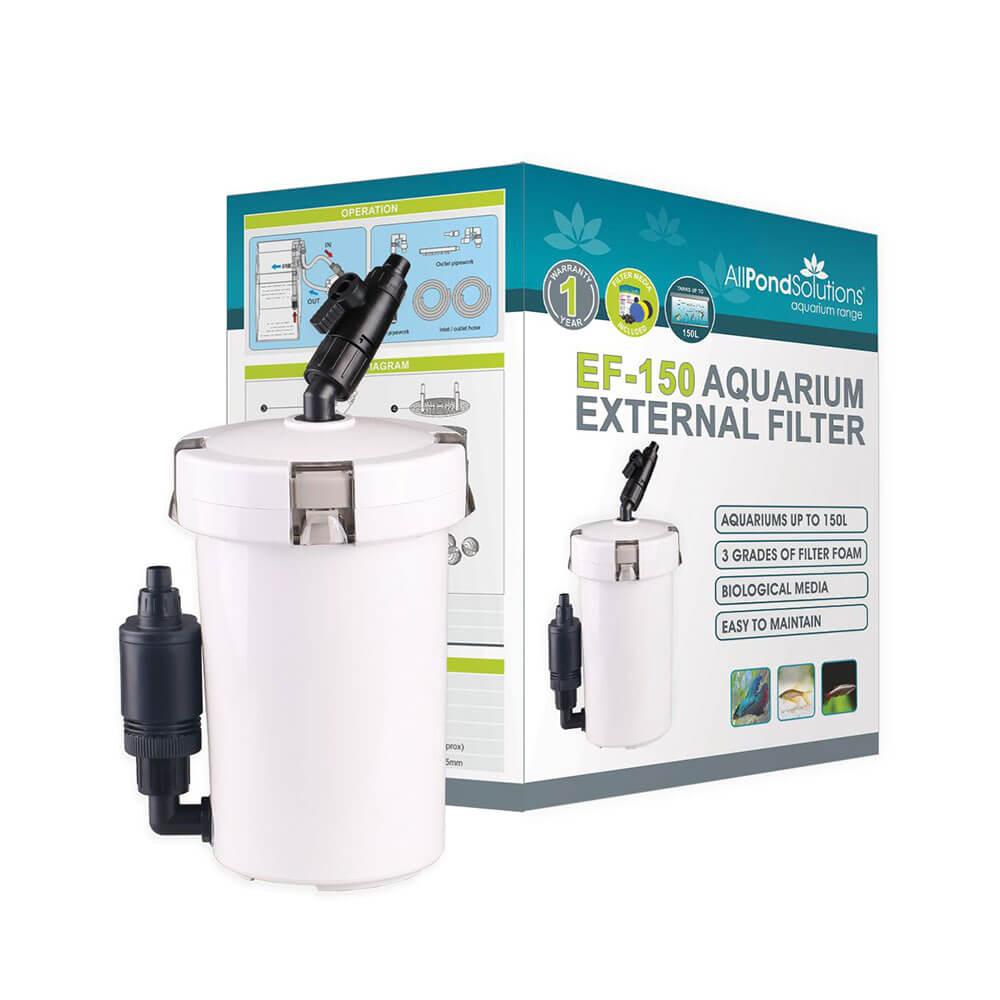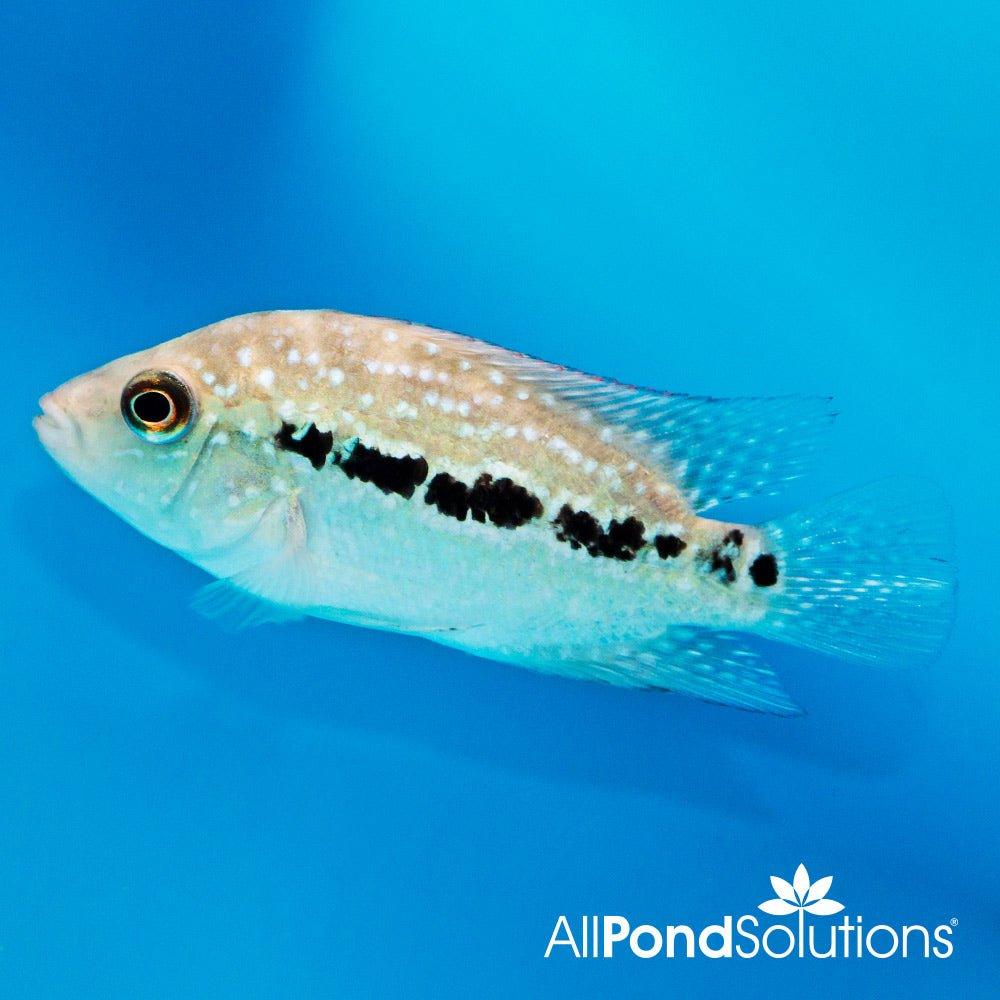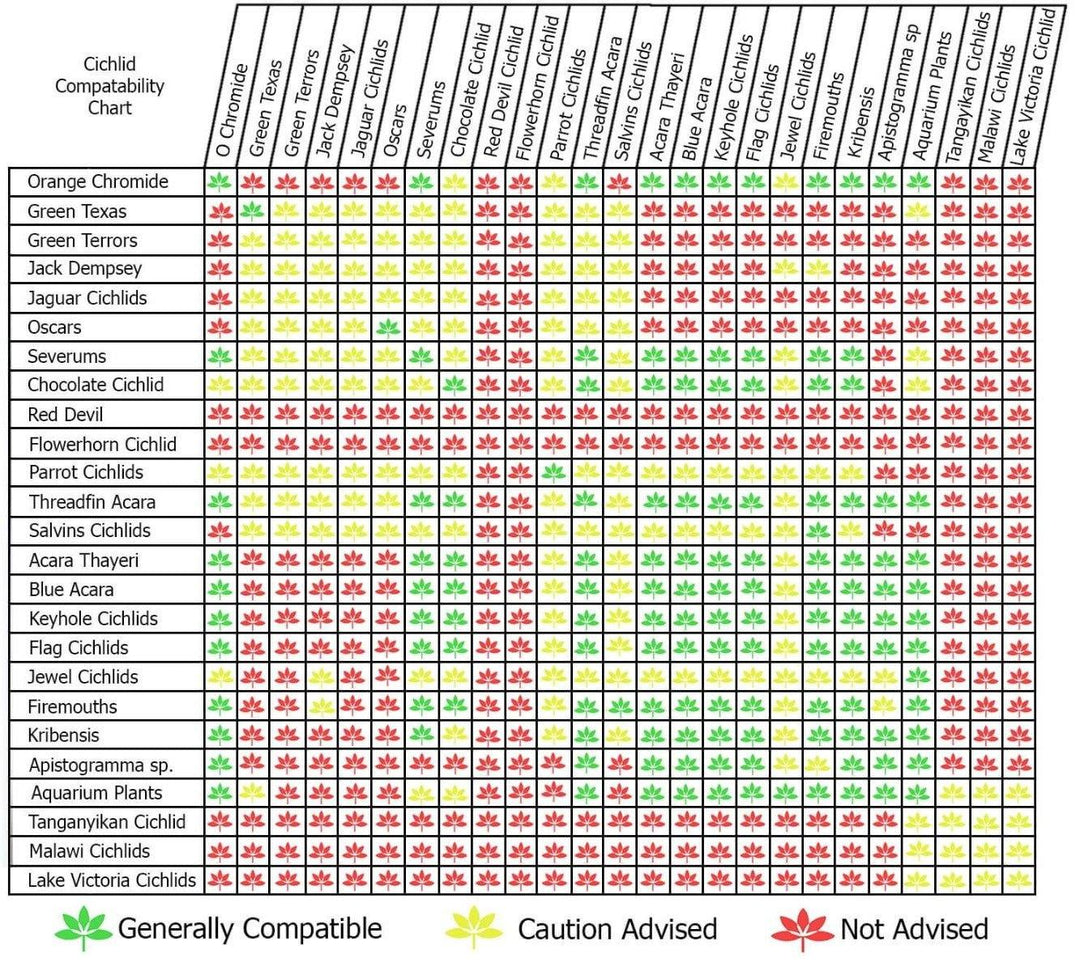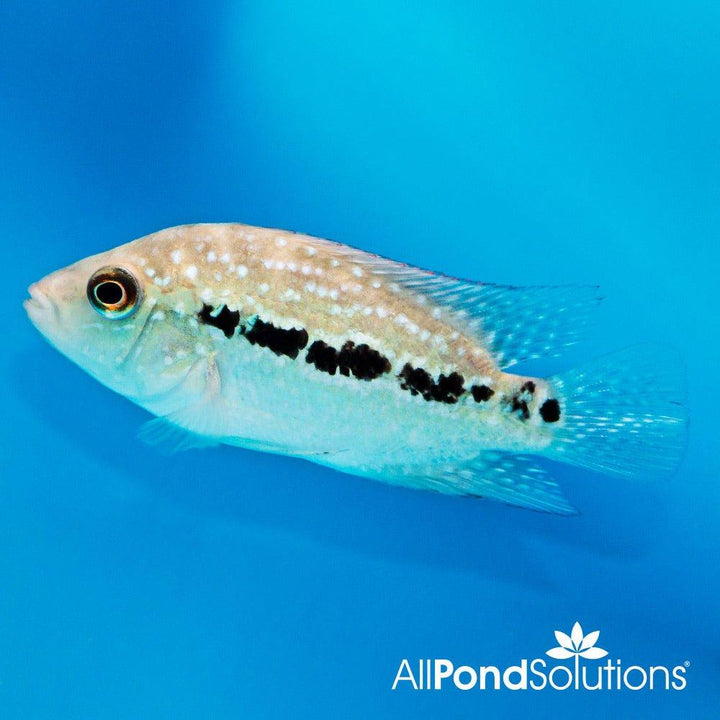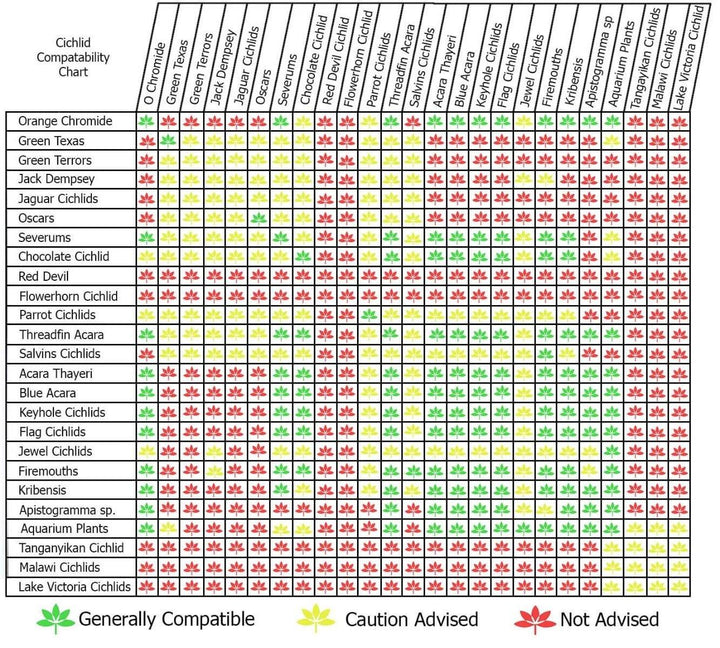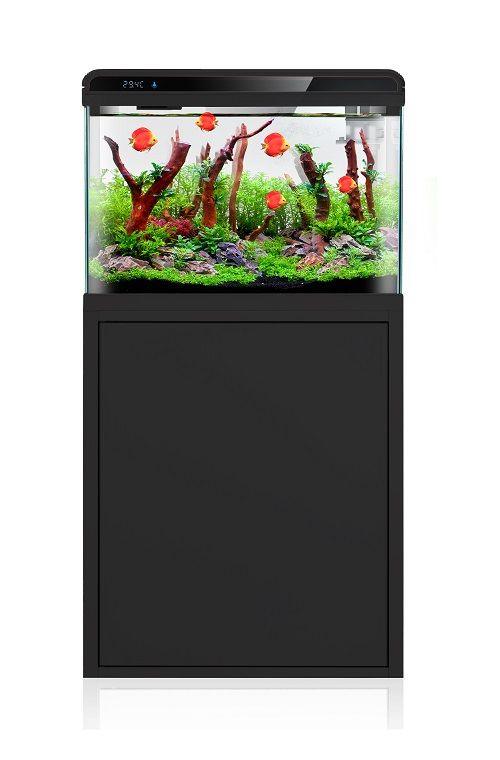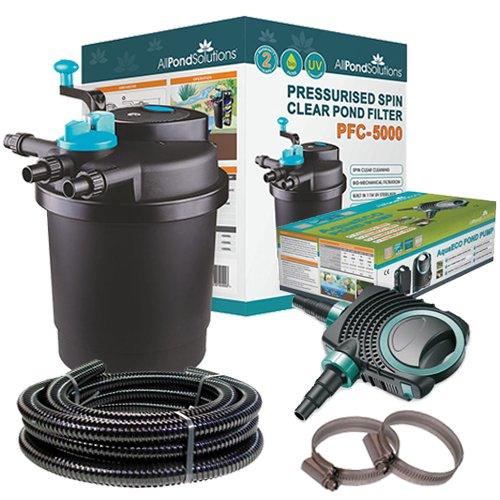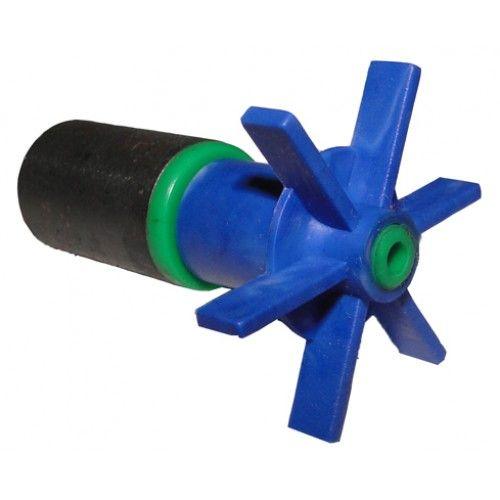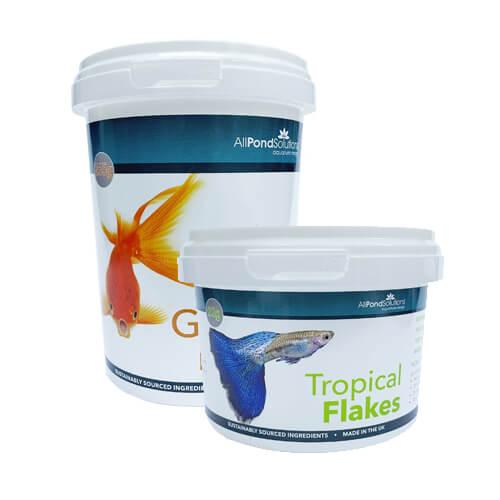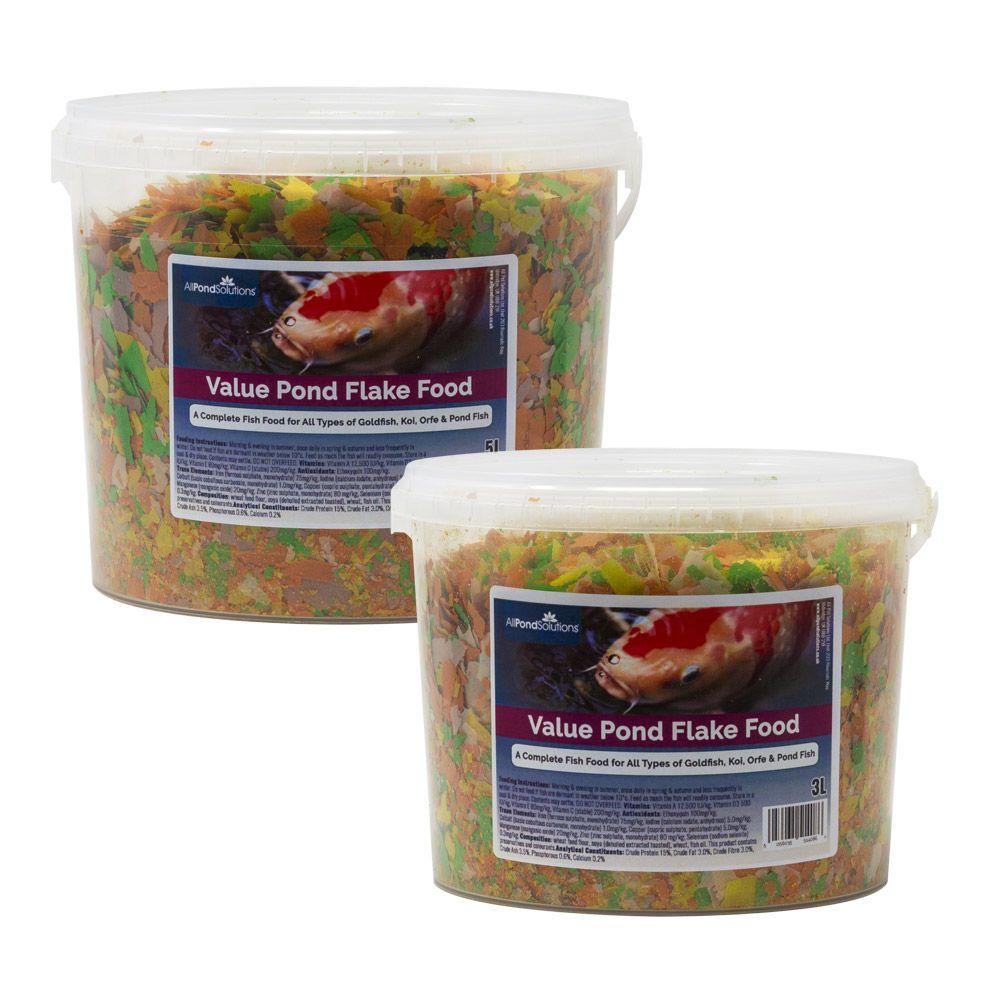Scientific Name: Herichthys cyanoguttatus
Please note – The image used above is for illustration purposes only; Size, colour and sex may vary. Many of our livestock species are sold as juveniles and have not yet reached their full size and colour potential. If you have any concerns about the size or colour of the livestock you wish to order, please contact our livestock team via our support centre before placing your order. Due to the large quantities of livestock orders daily, the livestock team will are unable to select fish / shrimp to meet specific gender or aesthetic needs.
Approximate purchase size : 5 - 6cm
All Pond Solutions will always endeavour to supply as close to the approximate size range as possible. Due to variations from suppliers on rare occasions this may not always be possible. Images used are to show the full potential of the fish when fully mature and are not always representative of juvenile specimens.
How easy are they to care for?
Although large, it is a relatively easy to care for Cichlid. High filtration requirements are needed due to the size and mess that such fish can create.
How large can they grow?
30cm
Where in the world are they from?
They are the only naturally occurring Cichlid in the USA, inhabiting the Rio Grande basin.
What is the ideal number to keep together?
Highly territorial and should only be kept with well-researched specimens.
What water conditions do they require?
Will accept temperatures from 20 - 28C and a pH range between 6.0 - 7.5.
What should you feed them?
Depending on size, will happily accept flakes when small, but will quickly require pellets of varying sizes. Frozen foods such as krill will also be greedily eaten.
How compatible are they with other fish?
As previously mentioned, highly territorial - research all tank mates thoroughly.
Can they be bred in captivity?
Easily done, provide plenty of caves and spawning sites. Ideally, at least a 6' tank should be provided for spawning.
